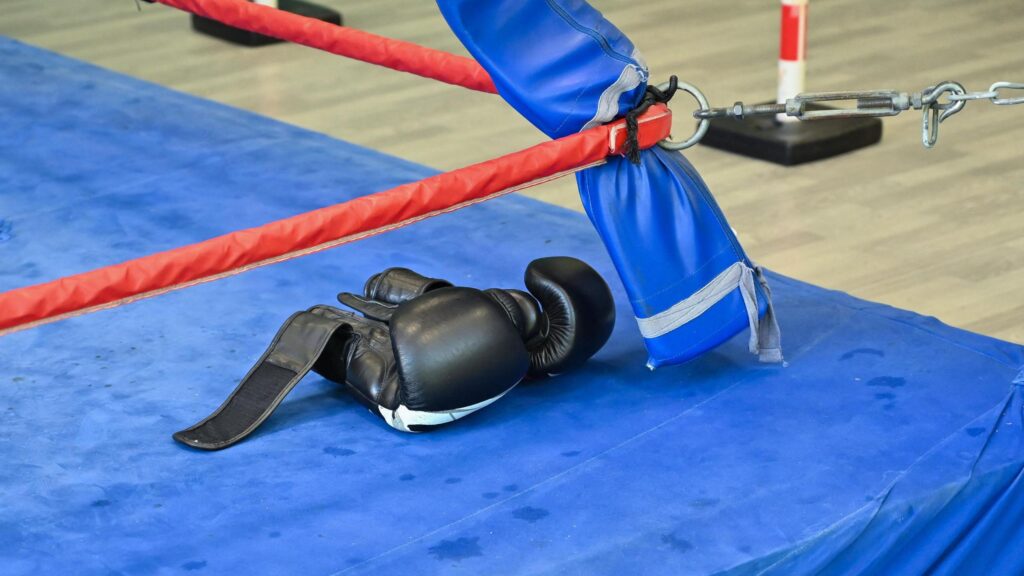The boxing world is grieving the tragic loss of a second boxer from a Tokyo event, marking a grim period for the sport. The late Hiromasa Urakawa, aged 28, passed away on a Saturday, succumbing to brain injuries incurred during a fight held on August 2 against rival Yoji Saito. This unfortunate event unfolded when Urakawa was knocked out in the eighth round of their bout, a harrowing incident that has left an indelible mark on the boxing community.
This follows the death of another young boxer, Shigetoshi Kotari, who also faced severe injuries during a separate fight on the same card at the iconic Korakuen Hall in Tokyo. Both Urakawa and Kotari underwent surgery to address severe conditions known as subdural haematoma, where blood collects between the skull and the brain, leading to critical health complications. The seriousness of such injuries underscores the life-threatening nature of boxing, even for skilled athletes.
The World Boxing Organisation (WBO) expressed its sorrow in a formal statement, stating, “We mourn the passing of Japanese boxer Hiromasa Urakawa, who tragically succumbed to injuries sustained during his fight against Yoji Saito.” The organization elaborated on the feeling of heartbreak that accompanies such news, particularly coming so closely after Kotari’s death. The WBO extended condolences to the families, friends, and the broader community encompassing Japanese boxing, highlighting the emotional toll these losses have taken.
In response to this alarming series of incidents, the Japan Boxing Commission has taken immediate action, announcing that all Oriental and Pacific Boxing Federation (OPBF) title bouts will now be limited to 10 rounds instead of the traditional 12. This change aims to enhance the safety of the boxers, providing them with better protection against the risks associated with prolonged bouts.
This year’s sobering incidents are part of a broader pattern, as Urakawa becomes the third high-profile boxer to lose his life in 2025. Earlier, Irishman John Cooney tragically passed away at the age of 28 after suffering an intracranial hemorrhage during a fight in Belfast against Welshman Nathan Howells. This particular string of deaths raises pressing questions about the safety protocols in professional boxing and whether further reforms are needed.
While boxing remains an exhilarating sport revered for its display of skill and resilience, it does not come without its dangers. The tragic fates of Urakawa, Kotari, and Cooney spotlight the conversations surrounding athlete welfare, particularly regarding the medical safeguards present at events. Advocates for change hope these incidents ignite a comprehensive dialogue aiming to mitigate the inherent risks associated with the sport.
The global boxing community has come together to share in grief, rallying support for the families affected, and raising awareness of the potential ramifications of injuries that boxers may face. The call for reforms in the sport’s safety standards is becoming increasingly urgent, highlighting how important it is to balance the excitement of competition with a deep sense of responsibility towards the fighters.
As the sport transitions forward, the legacies of Urakawa, Kotari, and Cooney may foster a push towards a safer environment in the ring. The reflection on their lives and careers serves as a poignant reminder of the sacrifices athletes make in the pursuit of their passion, and the sobering reality of the risks they confront while doing so. The memories of these boxers will not only inform future regulations but may also offer a learning opportunity for all involved in the sport—from trainers and promoters to fans and governing bodies.











